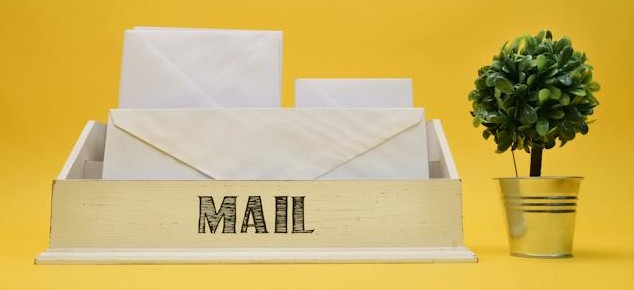Productivity Tips: 5 More Tips for Incoming Email
In previous posts, we offered tips for handling incoming email and for organizing and filtering your messages.
Here are five more tips for streamlining your email experience:

Download Email on Only 1 Device
If you check your email from multiple devices, you may end up with portions of your email stored in your email software in multiple locations. Some email ends up on your main computer, some on your phone, and some on your laptop.
Avoid this problem by using your email software's setting to "leave mail on the server" on all except one device. Only delete the mail from your ISP's mail server when you download to your primary device.
Unsubscribe from Mailing Lists
Simplify your life by unsubscribing from as many email lists as possible. This is especially important before traveling to streamline checking email on the road.
Use Priority Tags for Pending Items
Use your email client software's priority categories or bookmarks feature to mark messages for later processing if you can't deal with them immediately. This minimizes the overall time spent on these messages. If your software doesn't have a priority tags feature, you could create folders for pending items.
You can use these tags for messages related to pending or waiting tasks and for items requiring further action or follow-up.
Set yourself a time limit for how long to leave a message in a pending state. When it's 1 or 3 or 6 months old, make a decision to act on it or delete it.
Sort by Sender
Generally, I recommend sorting your email inbox by date and time so that you can see the most recent messages easily.
However, at the beginning of a session for processing a large amount of new incoming email, consider temporarily sorting by sender. This helps you quickly locate important senders whose messages you may need to deal with immediately, such as your boss or family members.
Close Down Inactive Accounts
With all the free email services available, many of us have opened several accounts over the years and may no longer use all of them. Close down old email accounts that you no longer frequently use. Avoid the time spent maintaining and checking each account.
If you don't check them, abandoned accounts are vulnerable to hacking. If a hacker takes control of an abandoned account, they could access information in your old stored emails or use your address for spamming others in your name.
If you're really not using it, close it. If you're worried about stray email coming in, try forwarding the account to a more active one until you're sure no one is sending to it. Consolidate your email to a limited number of active accounts.
Search Site
Recent Posts
About
Personal Knowbase is a note management program for Windows. Organize free-form text information using keywords.
To see if Personal Knowbase is right for you, please download a fully-functional 30-day software trial.
Tags
attachments backup clipboard dates documentation education export files find formatting getting started import information management installation interface keywords network PK Reader portability print query registration reports research security settings site info small business support time management upgrade Windows writers